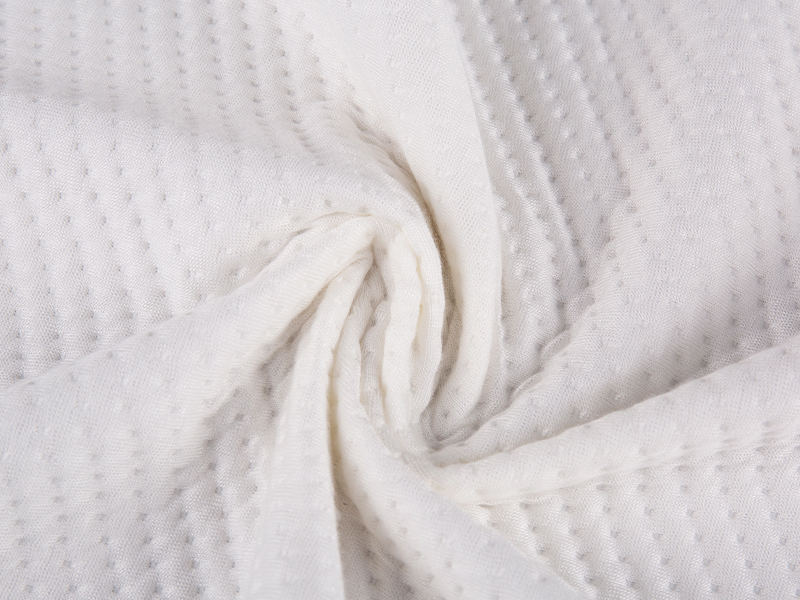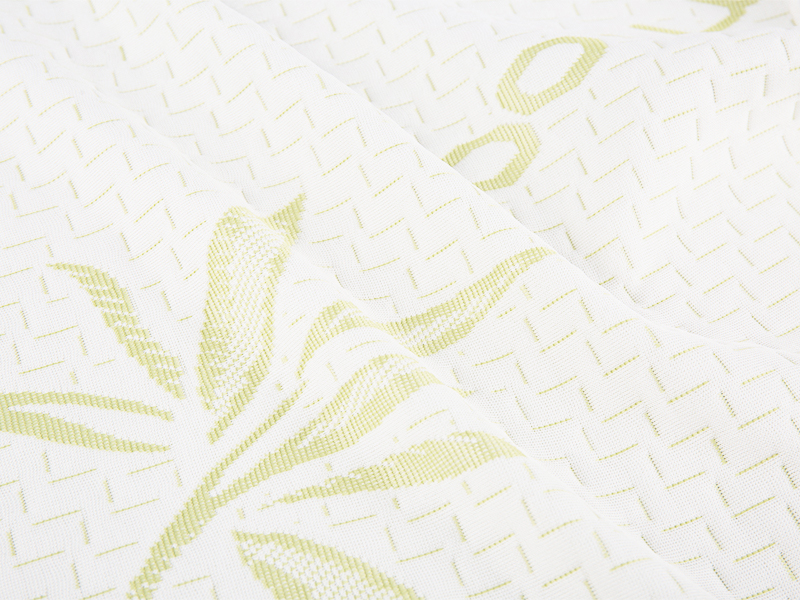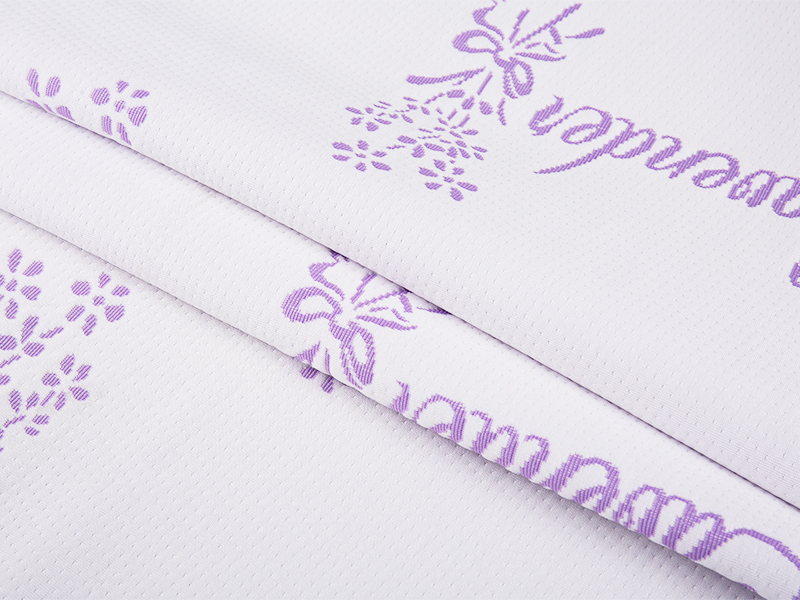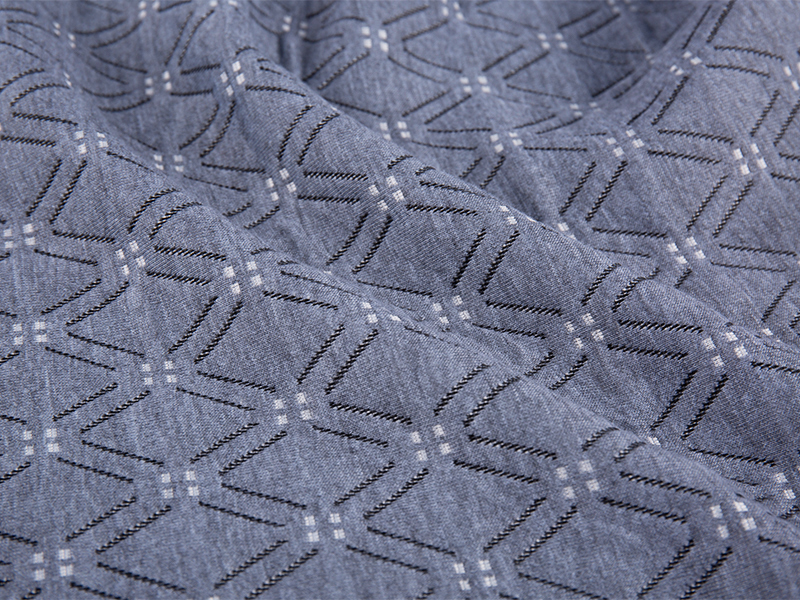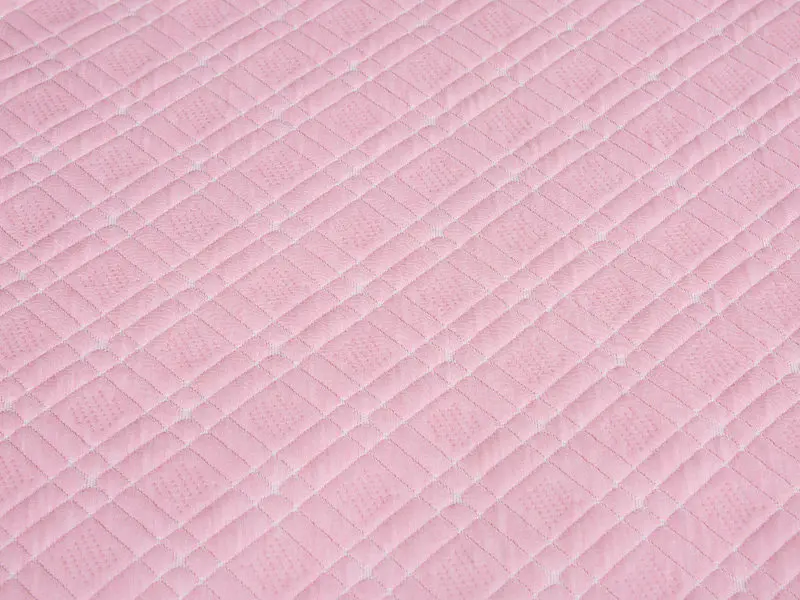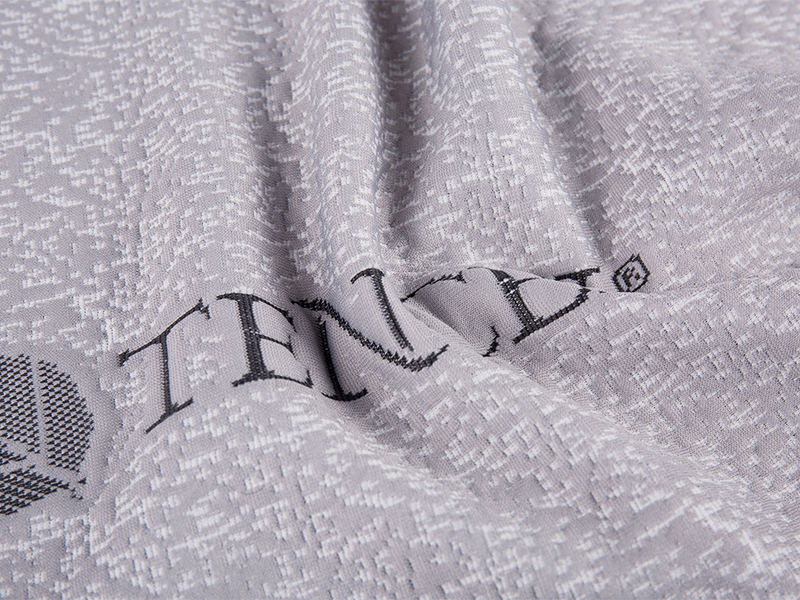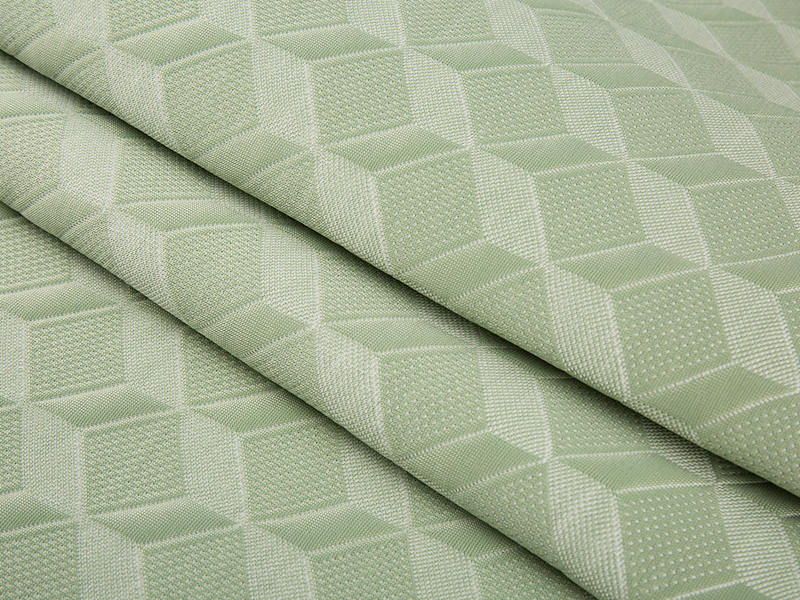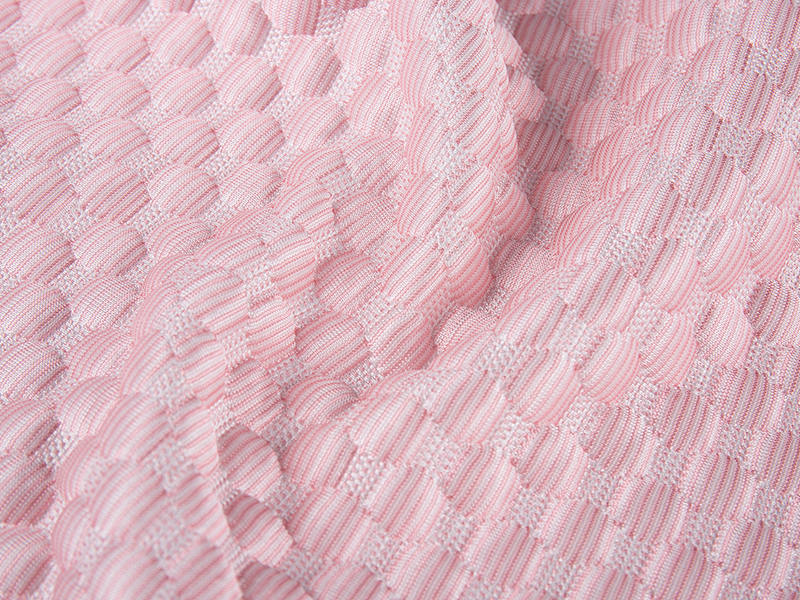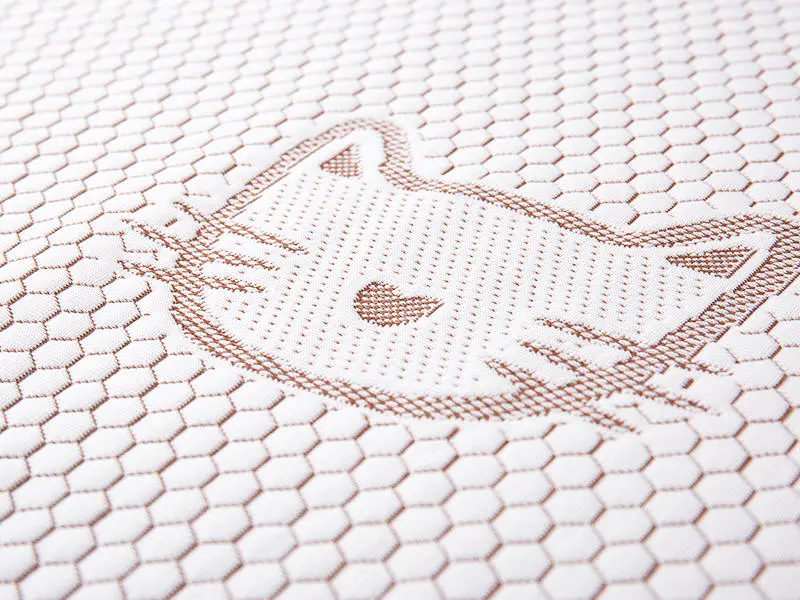- 1 Why Choose Polyester Mattress Fabric for Your Bedding Needs?
- 2 Exploring Best Polyester Blend Mattress Fabrics for Enhanced Performance
- 3 How to Identify High-Quality Polyester Mattress Textiles
- 4 The Advantages of Breathable Polyester Mattress Covers
- 5 Tips for Maintaining Wrinkle-Resistant Polyester Mattress Sheets
Why Choose Polyester Mattress Fabric for Your Bedding Needs?
When selecting mattress materials, polyester mattress fabric has become a preferred choice for manufacturers and consumers alike. This synthetic fabric offers numerous advantages that make it superior to many natural alternatives in various aspects. Unlike cotton which absorbs moisture or wool that requires special care, polyester maintains its integrity through years of use while providing exceptional comfort.
1.1 The Unmatched Durability of Polyester
The molecular structure of polyester fibers gives them incredible tensile strength, making polyester mattress fabric remarkably resistant to everyday wear. Laboratory tests show polyester can withstand 2-3 times more abrasion cycles than cotton before showing signs of wear. This durability translates to:
- Longer lifespan compared to natural fiber mattress covers
- Resistance to pilling and fiber breakage
- Maintained structural integrity through hundreds of washes
Furthermore, polyester's synthetic nature makes it inherently resistant to mold and mildew growth, a common issue with organic materials in humid environments. This characteristic significantly extends the usable life of polyester mattress covers.
1.2 Advanced Breathability in Modern Polyester
Contemporary manufacturing techniques have transformed polyester mattress fabric into a surprisingly breathable material. Through innovative weaving patterns and fiber engineering, today's polyester fabrics achieve airflow rates comparable to premium cotton:
| Material | Airflow Rate (CFM) | Moisture Wicking | Heat Retention |
|---|---|---|---|
| Standard Polyester | 15-20 | Moderate | Medium |
| Breathable Polyester | 25-35 | High | Low |
| Premium Cotton | 30-40 | High | Low |
Micro-channel fibers and perforated weaving techniques create ventilation pathways that allow body heat to dissipate efficiently. Some advanced polyester fabrics even incorporate phase-change materials that actively regulate temperature throughout the night.
Exploring Best Polyester Blend Mattress Fabrics for Enhanced Performance
The true potential of polyester emerges when blended with complementary fibers. These best polyester blend mattress fabrics combine the strengths of multiple materials while mitigating their individual weaknesses.
2.1 The Science Behind Polyester-Cotton Blends
A 65/35 polyester-cotton blend represents the gold standard for mattress fabrics, offering an optimal balance between comfort and functionality. The polyester component provides:
- Dimensional stability (minimizes shrinkage)
- Wrinkle resistance
- Color retention
Meanwhile, the cotton contributes:
- Natural softness against skin
- Enhanced moisture absorption
- Biodegradable component
This synergy creates a fabric that outperforms either material alone in terms of comfort, durability, and ease of maintenance. The blend is particularly effective for mattress covers that require frequent washing.
2.2 Performance-Enhancing Polyester-Spandex Blends
For fitted mattress covers and protectors, adding 5-10% spandex to best polyester blend mattress fabrics creates essential elasticity. This combination delivers:
- 360-degree stretch capability for perfect fit
- Recovery retention through thousands of cycles
- Enhanced conformability to mattress contours
The spandex integration follows precise engineering specifications to ensure the elastic properties remain effective through years of use without sagging or becoming brittle.
How to Identify High-Quality Polyester Mattress Textiles
Discerning quality in polyester fabrics requires understanding several technical specifications beyond simple thread count. True high-quality polyester mattress textiles exhibit these characteristics:
3.1 Fiber Technology and Construction
Premium polyester fibers undergo multiple enhancements during production:
- Micro-denier fibers (less than 1 denier per filament) for silk-like softness
- Hollow-core fibers for improved thermal regulation
- Antistatic treatments to prevent fiber cling
The weaving process also significantly impacts quality. Look for:
- Tight, uniform weave patterns
- Reinforced edges and seams
- Pre-shrunk treatment
3.2 Performance Certifications and Testing
Reputable manufacturers subject their high-quality polyester mattress textiles to rigorous testing:
| Test | Standard | Premium Grade |
|---|---|---|
| Abrasion Resistance | ASTM D4966 | >20,000 cycles |
| Tensile Strength | ISO 13934-1 | >400N |
| Colorfastness | AATCC 16 | Class 4-5 |
The Advantages of Breathable Polyester Mattress Covers
Advanced breathable polyester mattress covers employ multiple technologies to create optimal sleep surfaces that address common comfort issues.
4.1 Multi-Layer Construction for Enhanced Airflow
The most effective breathable covers use a three-layer design:
- Top Layer: Ultra-fine polyester mesh (80-100 gsm) for immediate moisture vapor transmission
- Middle Layer: Moisture-wicking membrane with 0.5-1mm pore size
- Base Layer: Supportive polyester knit with directional airflow channels
This construction allows for air exchange rates exceeding 35 CFM while maintaining complete protection against allergens and dust mites.
4.2 Comparative Performance Analysis
When evaluating breathable polyester mattress covers against alternatives, consider these performance metrics:
| Feature | Breathable Polyester | Standard Polyester | Cotton Terry |
|---|---|---|---|
| Moisture Vapor Transmission | 500-600 g/m²/24hr | 200-300 g/m²/24hr | 400-450 g/m²/24hr |
| Air Permeability | 35-45 CFM | 15-20 CFM | 25-30 CFM |
| Drying Time | 1.5-2 hours | 3-4 hours | 2-2.5 hours |
Tips for Maintaining Wrinkle-Resistant Polyester Mattress Sheets
Proper care of wrinkle-resistant polyester mattress sheets preserves their appearance and extends service life significantly.
5.1 Comprehensive Care Protocol
Follow this detailed maintenance routine:
- Washing: Use mild detergent in cool water (max 30°C/86°F) with gentle cycle
- Drying: Tumble dry low (60°C/140°F max) with dryer balls to maintain loft
- Ironing: If needed, use steam setting below 110°C/230°F
- Storage: Fold neatly in climate-controlled environment (40-60% RH)
5.2 Solving Common Maintenance Issues
Address these frequent concerns with wrinkle-resistant polyester mattress sheets:
| Issue | Cause | Solution |
|---|---|---|
| Static Cling | Low humidity drying | Use dryer sheets or wool balls |
| Pilling | Abrasion during wash | Wash inside-out in mesh bag |
| Color Fading | UV exposure | Line dry in shade |
By following these specialized care instructions, your polyester bedding will maintain its like-new appearance and performance for years.


